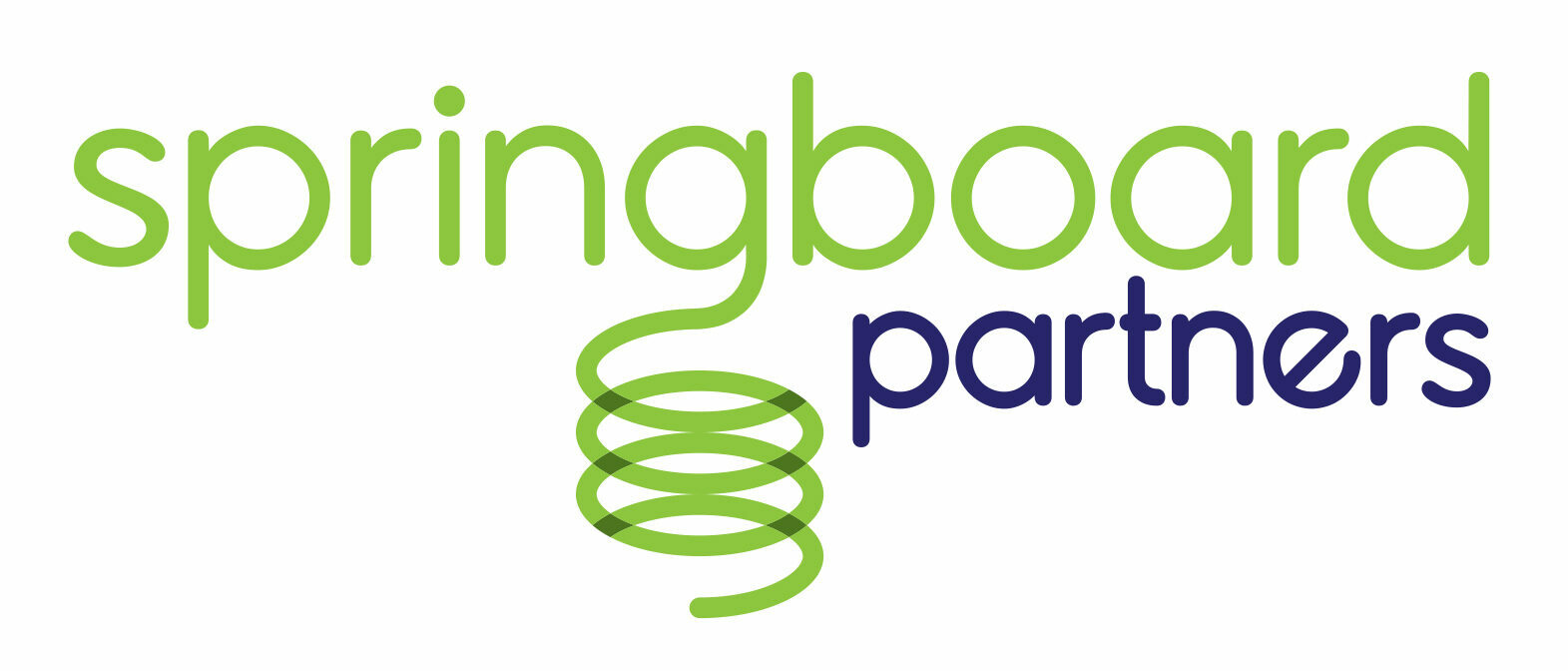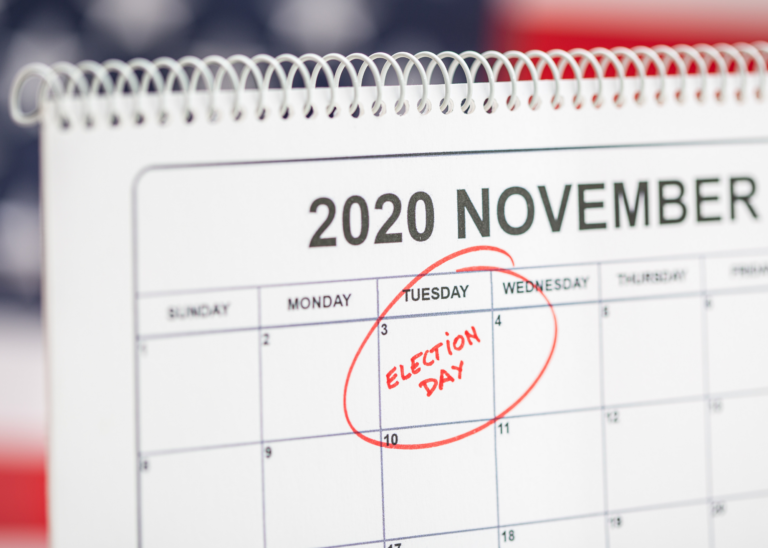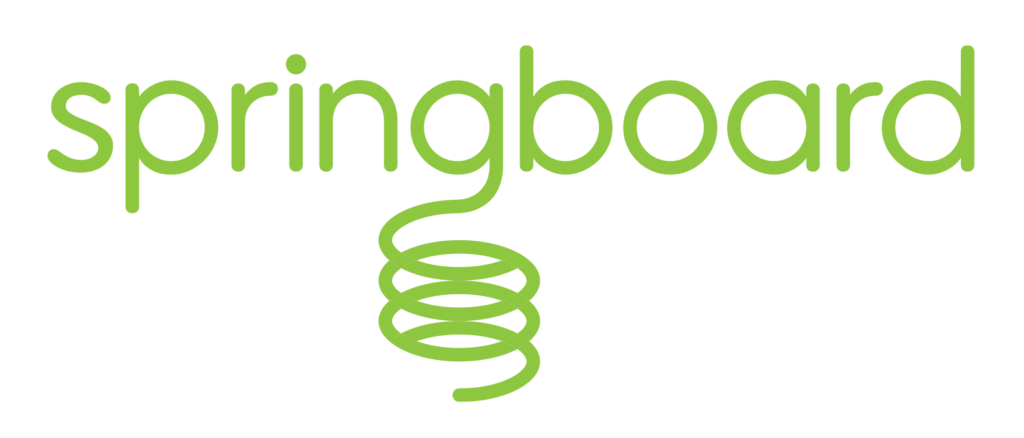Elections matter for nonprofits and foundations all over the country, because the decisions governments make shape the limits of progress on almost every issue – from early childhood to environmental protection. Advocacy nonprofits are closely monitoring key local, state, and national races. But any nonprofit can take a few practical steps over the next few weeks to prepare for communication with whoever wins on November 3.
An important programming note – I’m not a lawyer! I can’t advise you on lobbying law, and if I do by mistake, please don’t listen. Instead, check out the Alliance For Justice’s great Being a Player guide to learn more about what lobbying is, what it’s not, and how nonprofits can shape public policy.
But we’re not really talking about any of that here. For right now, I’d focus on five simple things you can do over the next few weeks to lay the groundwork for productive relationships with elected officials.
1. Pick your targets.
There are hundreds of thousands of elected government officials in America, and you don’t have time to engage with all of them. To optimize your effectiveness and maintain your sanity, focus for now on three groups of candidates:
- Challengers. You likely know the local, state, and federal officials who represent your organization or the people you serve. If you don’t, you eventually should. But for now, prioritize the folks running to replace those incumbents, or current leaders. I’d guess you know less about their positions on the issues that matter to your organization, and closing that knowledge gap is an easy way to understand the stakes in that race.
- Candidates for open seats. Open seats are races where there is no incumbent, so both candidates may be unknowns. It’s important to figure out where they’re both coming from on the issues you care about.
- Committee vacancies. Legislatures use committees to specialize on various issues. Some state legislators cultivate expertise on education, for example, while others focus on roads and bridges. When a lawmaker leaves a committee with jurisdiction over your issue, pay attention to the lawmakers angling to fill that vacancy. Over time, they’ll change the dynamic on the committee, and that could have real consequences – good or not – for your work.
With these criteria as a guide, pick a few races to research. Five, three, or even one is better than none.
2. Get to know them.
Unlike most of us, politicians work hard to share their perspectives on issues of public concerns, so their websites are a great starting point for your research. Take my last Capitol Hill boss, U.S. Senator Sherrod Brown, as an example. A few minutes reading his bio gives a pretty clear picture of who (working families) and what (health, fair trade, justice) Sen. Brown cares about. It also indicates the committees he serves on, giving you a sense of his expertise. And the pages on issues, legislation he supports, press releases, newsletters, and events offer even more. Spend a few more minutes looking over his campaign website, and you’ll learn more still.
It’s also helpful to take a look at news coverage of the candidates. Sen. Brown isn’t running this year (his current term ends in 2024), but he’s mentioned in dozens of news articles every week. Candidates on the ballot will have even higher profiles. Every article tells you more about the candidate and their connections to key issues.
As you do your research, you can manage the information overload by focusing on these questions:
- Does the candidate seem to focus on the issue we work on?
- When the candidate talks about the issue, how does he or she articulate the problem, and what – if any – solution does the candidate recommend or endorse? How do those perspectives align with ours?
- Which organizations or what kind of people (academics, practitioners, regular people) does the candidate cite as authorities on the issue?
3. Identify their key advisers.
Many municipal elected officials won’t have staff, but city and county officials serving larger communities often do. And almost all state and federal office-holders do. For challengers, campaigns often have issue experts on staff who advise the candidate on specific topics.
Do not bother campaign staff a few weeks from Election Day! They will not be happy to hear from you right now.
But do try to find out who the key advisers are for your priority candidates. This is easier for incumbents than for challengers, and the information isn’t always available online. But one phone call to a policymaker or campaign office will often do the trick. You’ll want to get to know the winners’ advisers after Election Day.
4. Build a new member briefing packet.
New lawmakers and lawmakers new to key committees face a steep learning curve, and you can help them understand and engage with the issues that matter to your organization. You’ll want to book a meeting after Election Day, but right now, you can prepare talking points for the meeting and a simple briefing packet that underscores your messages. That packet doesn’t have to be complicated – a good one can include:
- Issue factsheet. A one-sheet (front and back) overview of the issue, explaining the problem, identifying who it harms, emphasizing why it matters, outlining a responsive policy, and describing the value of implementing that solution.
- Press clips or partner endorsements. A few (aim for five or fewer) news articles about the problem and its consequences or about the policy response you favor. Alternatively, you could include statements of concern or support from authoritative partners.
- Organizational expertise. Ideas on how your organization can help the elected official excel in his or her work on the issue. Examples include connections with real people represented by the policymaker who have experienced the problem, expert policy analysis to help the elected official understand competing policy proposals, relationships with academics, practitioners, or other experts, and supportive outreach to media, grassroots, or key stakeholders, among others.
5. Prepare to update your networks.
Whether it’s your board, your coalition partners, your newsletter email list, or your social media followers, every nonprofit has networks of people who look to your organization for expertise and leadership on your issue. Your networks will appreciate that you’re paying attention to how the election will affect your issue and your work, because it means they don’t have to. While communicating with your networks about key races before Election Day might be outside the comfort zone for some nonprofits, every nonprofit can prepare right now to inform and engage those networks after the voters have spoken.
Of course, this isn’t everything you’ll need to do to engage effectively with elected officials. There’s no strategy here, no audience analysis, and no messages, for example. But all five of the ideas described above can help any nonprofit get ready to begin an effective policymaker communication effort. If you need a hand with the rest, we’d love to talk!


